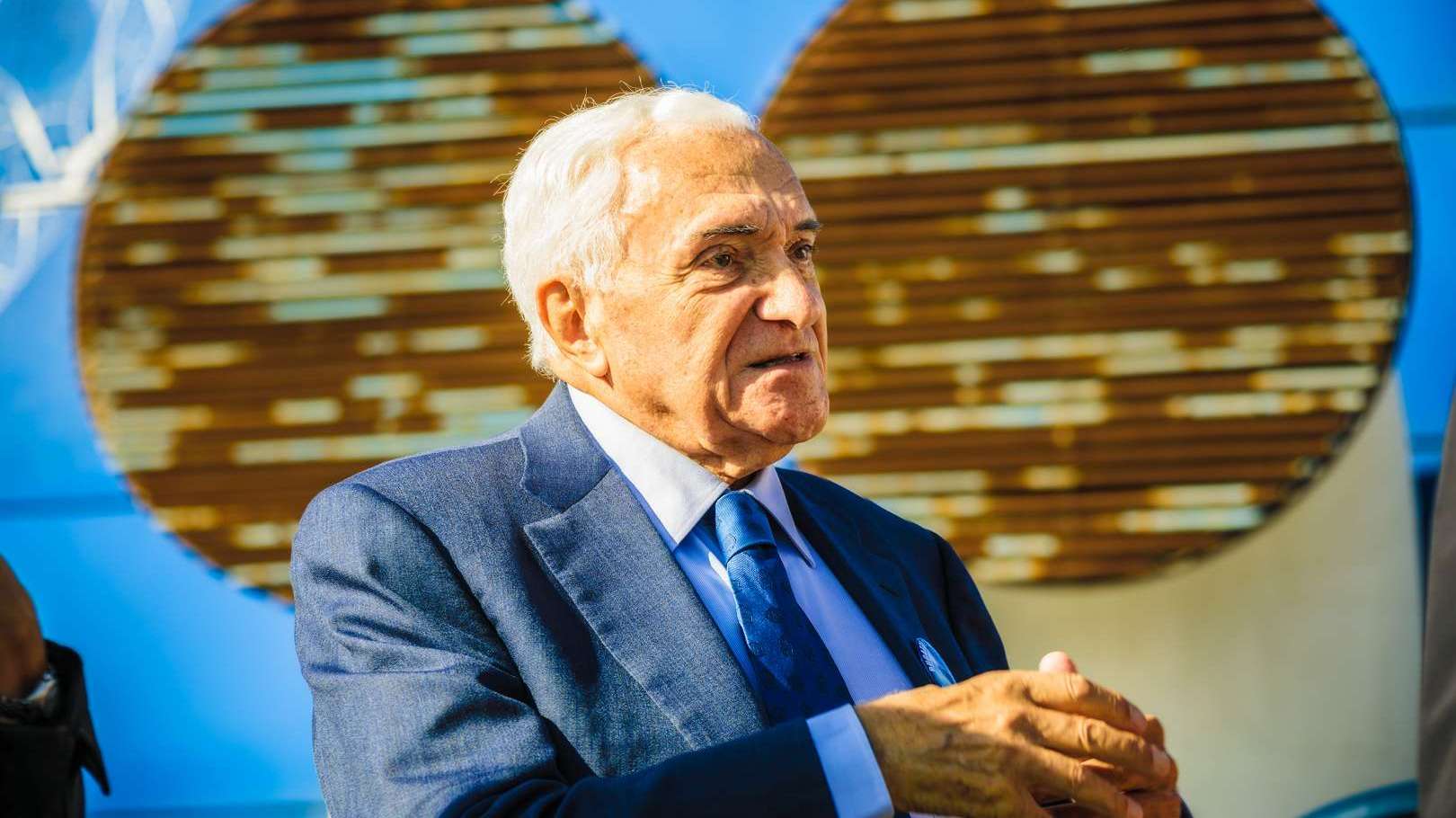In the eyes of automotive connoisseurs, Roman Artioli is more than a suave Italian businessman who lives and breathes cars. Artioli is a genuine leader who spearheaded the return of Bugatti, and he did it in the usual Italian way: by releasing the famed Bugatti EB 110 supercar, the undisputed grandfather of the Veyron and Chiron.
And if you know a thing or two about classic supercars, the Bugatti EB110 is nothing short of spectacular. It immediately became the world’s fastest production car (218 mph/351 kph) courtesy of a quad-turbocharged V12 motor and AWD. Artioli is also known for reinvigorating the Lotus brand into the modern era. In fact, the Lotus Elise was named after Elisa Artioli, who happens to be Romano Artioli’s granddaughter.
Romano Artioli was the largest importer of Japanese cars in Italy
Before Artioli took the reigns at Bugatti, he became the largest importer of Japanese cars in Italy. He was also the first Italian dealer of General Motors vehicles and ran one of the largest Ferrari dealerships in the world. In 1982, Artioli established Autoexpo and became the first importer of Suzuki and Maruti vehicles in Italy.
Bugatti stopped producing cars in 1952
Bugatti’s Molsheim factory was in ruins during the aftermath of World War II. Bugatti continued to struggle after the death of founder Ettore Bugatti in August of 1947. The French carmaker finally ceased production in 1952. During that time, Romano Artioli was only 20 years old, and it took him another 39 years to realize the dream of resurrecting the Bugatti brand.
Artioli built a brand-spanking new Bugatti factory at Campogalliano in the Italian region of Emilia-Romagna in Italy. He bought the Bugatti trademark in 1987 and started developing the famed Bugatti EB110 supercar in 1988.
The Bugatti EB110 was released in 1991 to commemorate the 110th birthday of Ettore Bugatti
Here’s a fun fact about the Bugatti EB110: the car was originally designed by Marcelo Gandini, the man who penned arguably the three most beautiful Lamborghini cars ever made – the Miura, Countach, and Diablo. However, Artioli wanted to move on from the wedge-inspired design of previous era supercars.
Of course, Gandini refused to redesign his creation, which at that time was known as the EB110 concept prototype. Artioli called upon Giampaolo Benedini to redesign the prototype along with Paolo Stanzani to handle the engineering. And the rest, as they say, is history.
However, Bugatti only built 96 units of the EB110
Artioli could have played it safe, but he wanted a true Bugatti that is unlike anything the world has ever seen. The EB110 changed the automotive landscape, but the global financial crisis reared its ugly head and things began slowing down once more. Making matters worse are allegations of corporate espionage, with Artioli claiming that three Bugatti directors were included in the payroll of rival companies.
As the Italian economy weakened, Artioli had no choice but to shut down the factory in 1995. Three years later, the Volkswagen Group acquired the rights to the Bugatti trademark.
Because of this, the world never got to see the Bugatti EB112 Super Saloon
That’s right. Romano Artioli’s goal was to release the EB112 super-saloon after the EB110 GT. The EB112 was equipped with a 6.0-liter V12 mounted behind the front axle. It also had a carbon fiber chassis and lightweight suspension. In truth, the EB112 could have been the modern reinterpretation of iconic Art Deco Bugatti automobiles.
Artioli took over Lotus in 1993
General Motors sold Lotus cars to Romano Artioli’s A.C.B.N. Holdings in 1993 for £30 million. However, Artioli sold a majority share of Lotus to Malaysian car company Proton in 1996. The proceeds were utilized to stem the losses of Bugatti’s eventual bankruptcy in 1995.
Romano Artioli is now 86 years old and remains an iconic presence in the automotive landscape. If you want to take a more in-depth look at the triumphs and struggles of Bugatti and Lotus during those fateful times, Artioli spills the beans in his tell-all autobiography, aptly titled Bugatti & Lotus Thriller.
